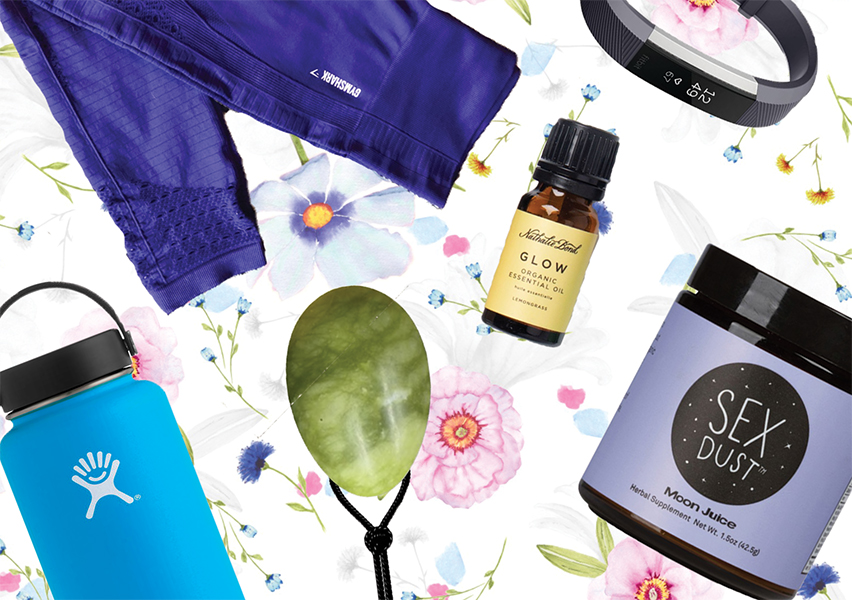On the surface level, recent trends towards wellness and physical and mental well-being seems to be a positive movement. Space to be mindful of our workloads and take care of our bodies, especially in academia where many people push themselves to their limits, is something our society has been lacking and it shows. Many universities are overwhelmed with the demand for mental health services. At UFV, lineups to see a counsellor can range from days to a month despite the university’s ongoing efforts to increase capacity, especially for emergency appointments.
Problems arise when self-care and self-awareness become a commodity where consumption seems to be the requirement rather than something holistic that one can do for oneself. The current ideal of wellness is one centred in privilege and being financially well-off.
Instagram feeds overflow with images of conspicuous consumption as influencers tell followers how to be like them and achieve health. You need Lululemon leggings, hydroflasks, and a fancy retractable straw. Social media influencers peddle detox tea (a laxative in a pretty box) to followers. If only we had an organ to remove toxins from our bodies for us at no cost.
Clean eating often means buying the more expensive, grain-fed, free-range, organic, GMO-free food options.Healthy eating comes from power bowls and green juice full of expensive, organic ingredients. Mindfulness, being thoughtful of our actions and our environment, is something taught at a five-day retreat in the mountains and not something experienced and practiced in everyday life.
Buy matcha, buy bullet coffee, buy a $20 meditation session, buy anything Gwyneth Paltrow has touched. Consume to achieve the ideal. Consume to be healthy and thin.
Globally, the wellness market is booming. According to a report by the Global Wellness Institute, wellness was a $4.2 trillion market in 2017 and is on the rise. Between 2015 and 2017 the industry grew 6.4 per cent annually. Compared to the global economic growth of 3.6 per cent, it’s safe to say the industry is flourishing in the current economic and social climate.
In a world run on the economic ideals of capitalism, it may feel like wherever you are, someone is trying to sell you something. It’s no wonder, though, because we’re buying it in bulk.
Much of the wellness industry is built on unregulated and unregulatable buzzwords whose only function is to up the price tag of a product, riding the line between science and pseudoscience. This should not be the standard of health and wellness, as the lifestyle and health the wellness industry portrays is not achievable for the masses nor should it be desired.
Whether students have been in post-secondary for quite some time or are just entering this world, university is a high-stress environment full of quick-fix food options and excessively late nights. It’s not good for your health, both physically and mentally.
At the same time, investing in an industry that thrives on failure is not good for your wellness or your wallet. Products can’t quick fix life; Lululemons won’t make you go to the gym and eye cream won’t make your skin glow if you haven’t slept in three days.
Go to sleep, keep a planner, eat enough food to sustain your brain as you embark on your educational journey, and save your hard-earned cash for things that truly contribute to your health.


